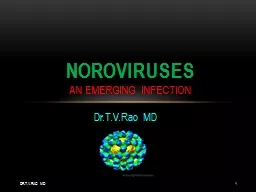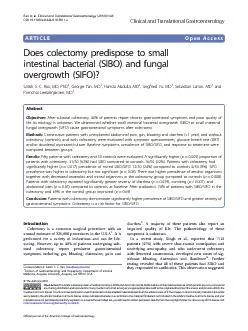PPT-Sleep Swetha Rao Why is sleep important?
Author : aaron | Published Date : 2020-04-03
We sleep for nearly 13 of our lives Concentration Memory and Coordination Sleep Loss Alcohol Lack of sleep can increase risk of diabetes cardiovascular disease
Presentation Embed Code
Download Presentation
Download Presentation The PPT/PDF document " Sleep Swetha Rao Why is sleep important..." is the property of its rightful owner. Permission is granted to download and print the materials on this website for personal, non-commercial use only, and to display it on your personal computer provided you do not modify the materials and that you retain all copyright notices contained in the materials. By downloading content from our website, you accept the terms of this agreement.
Sleep Swetha Rao Why is sleep important?: Transcript
Download Rules Of Document
" Sleep Swetha Rao Why is sleep important?"The content belongs to its owner. You may download and print it for personal use, without modification, and keep all copyright notices. By downloading, you agree to these terms.
Related Documents














